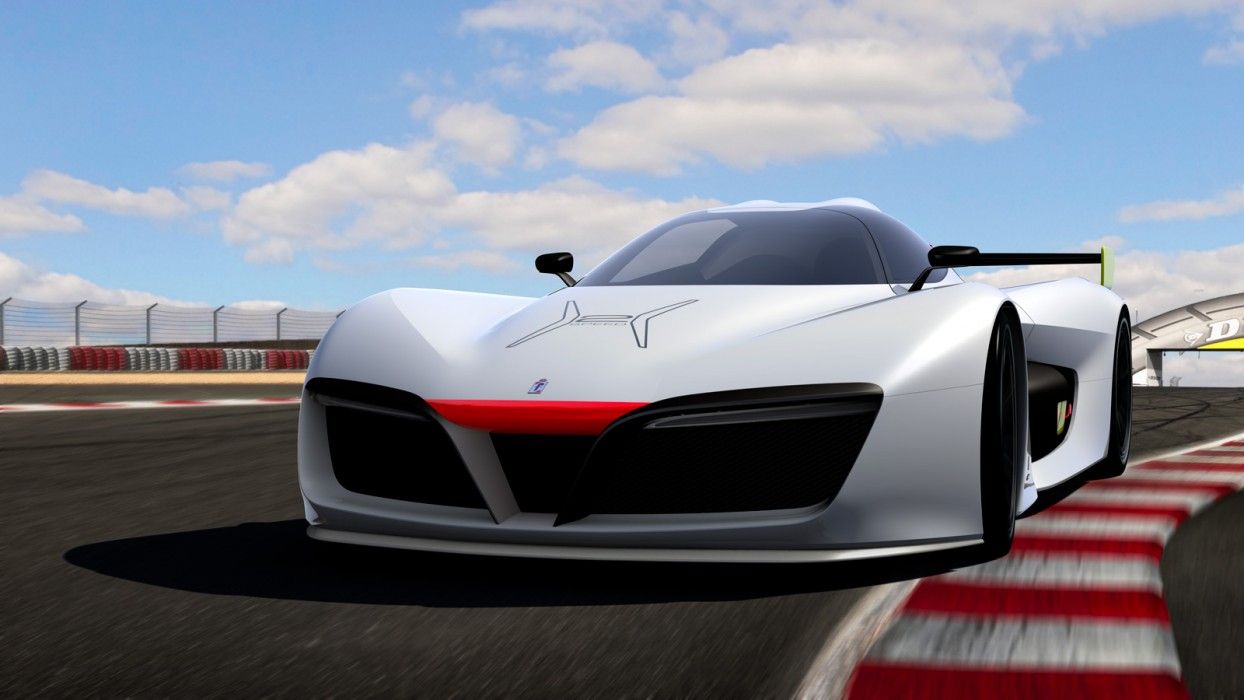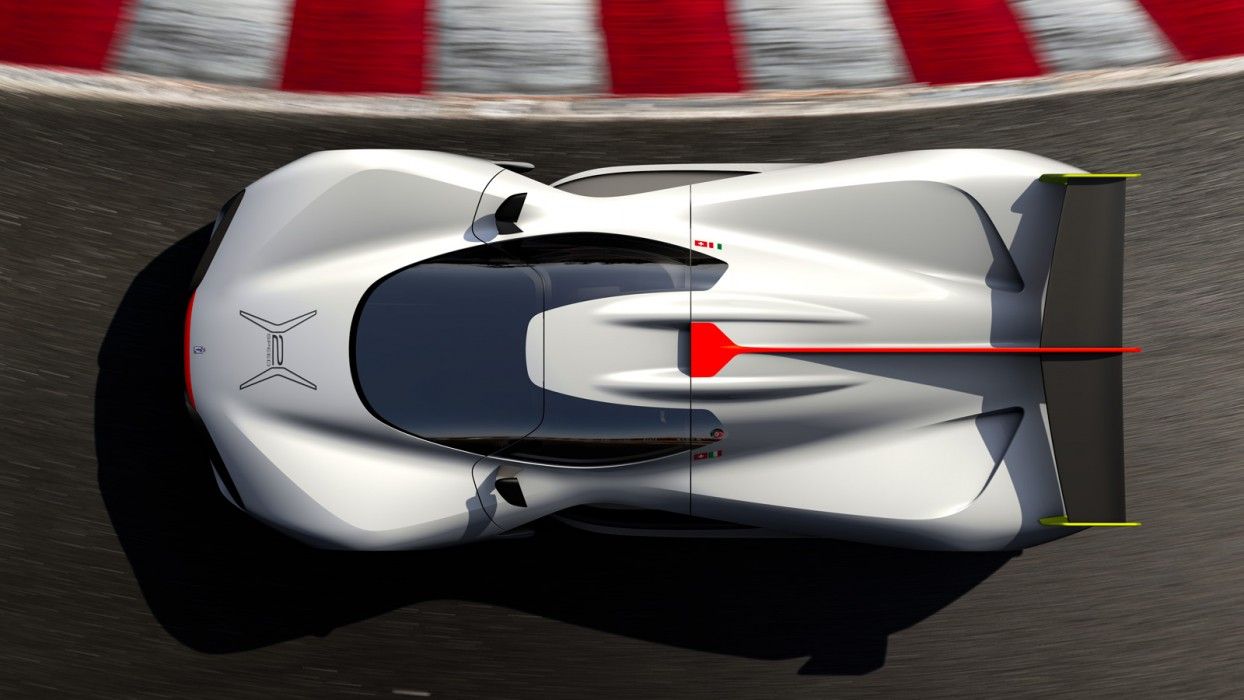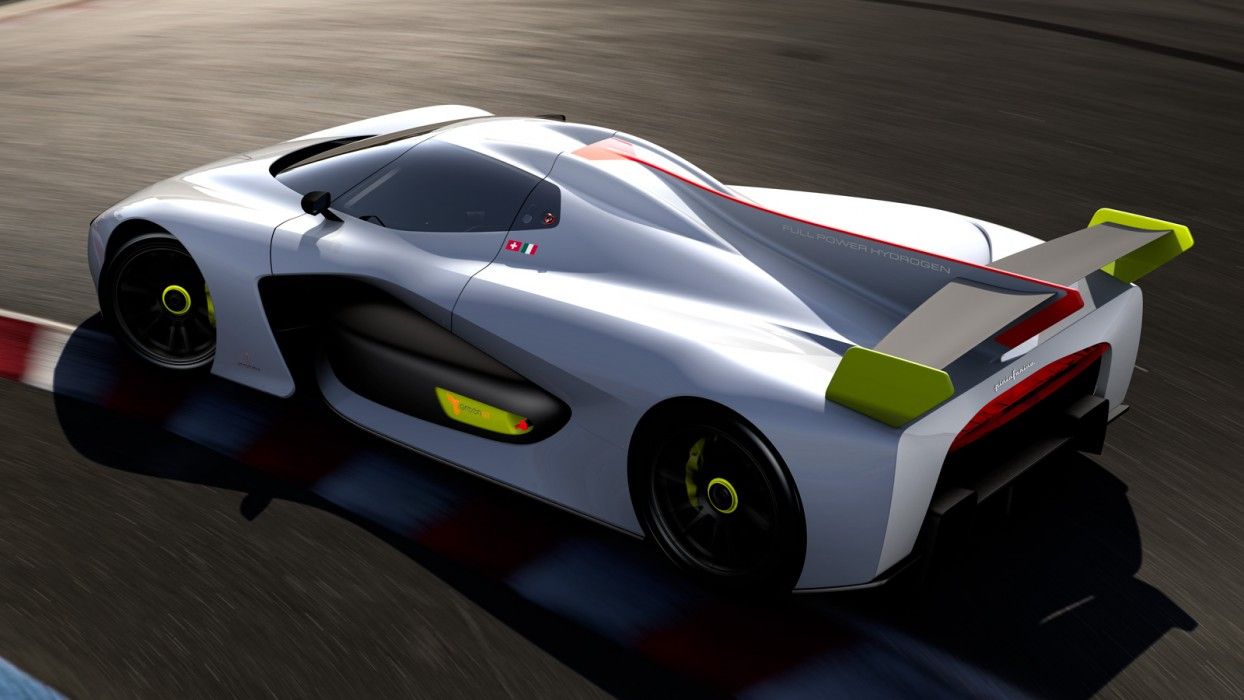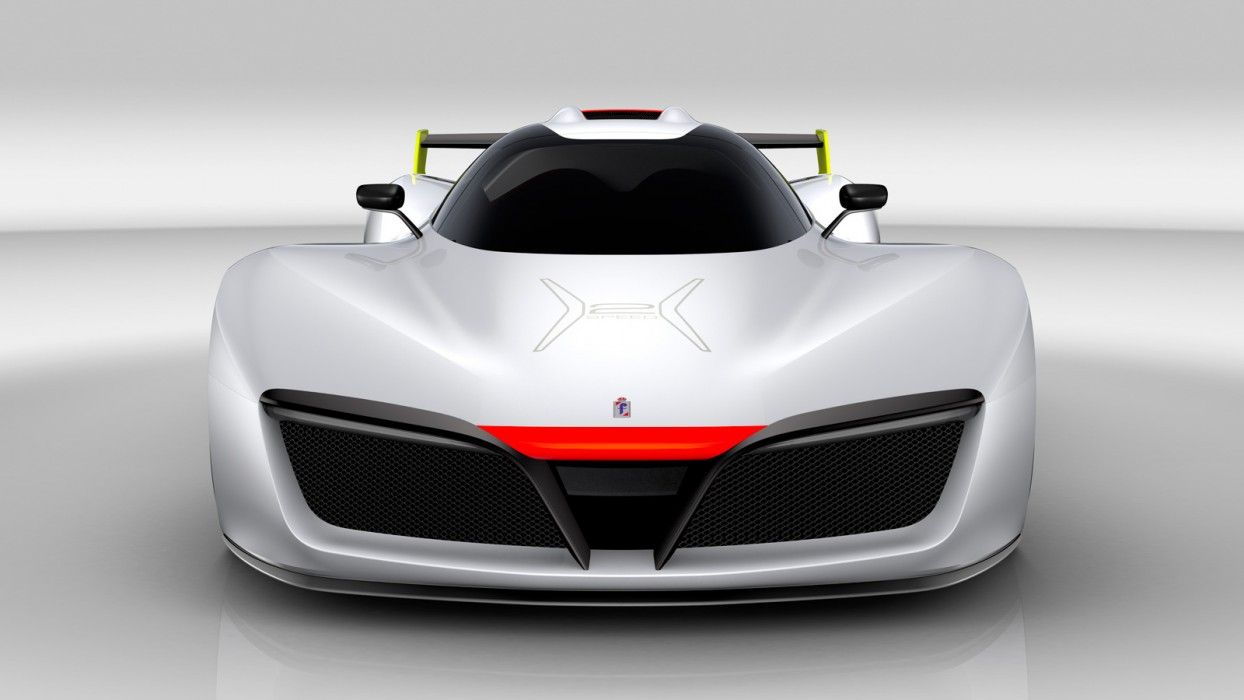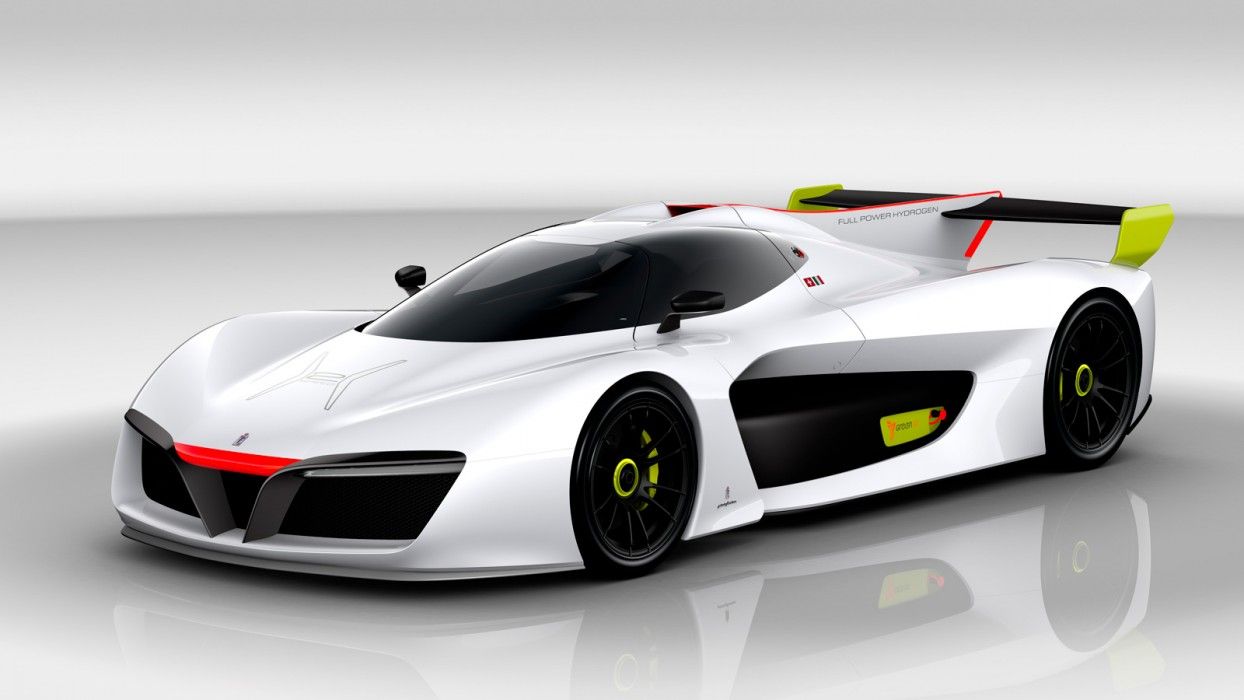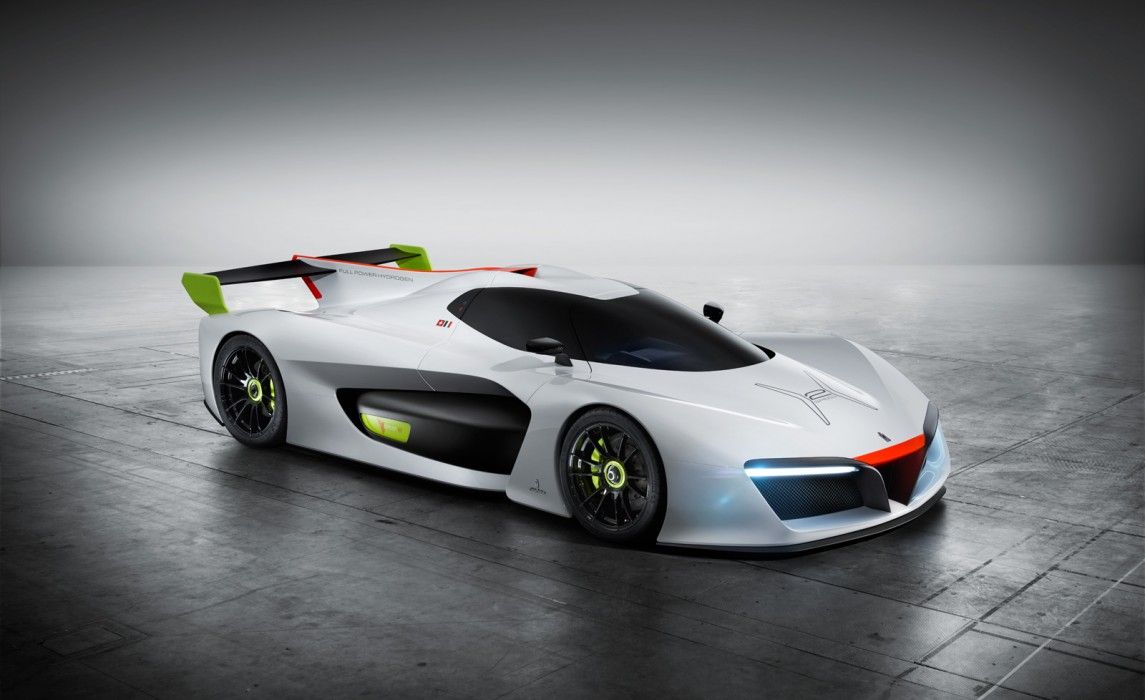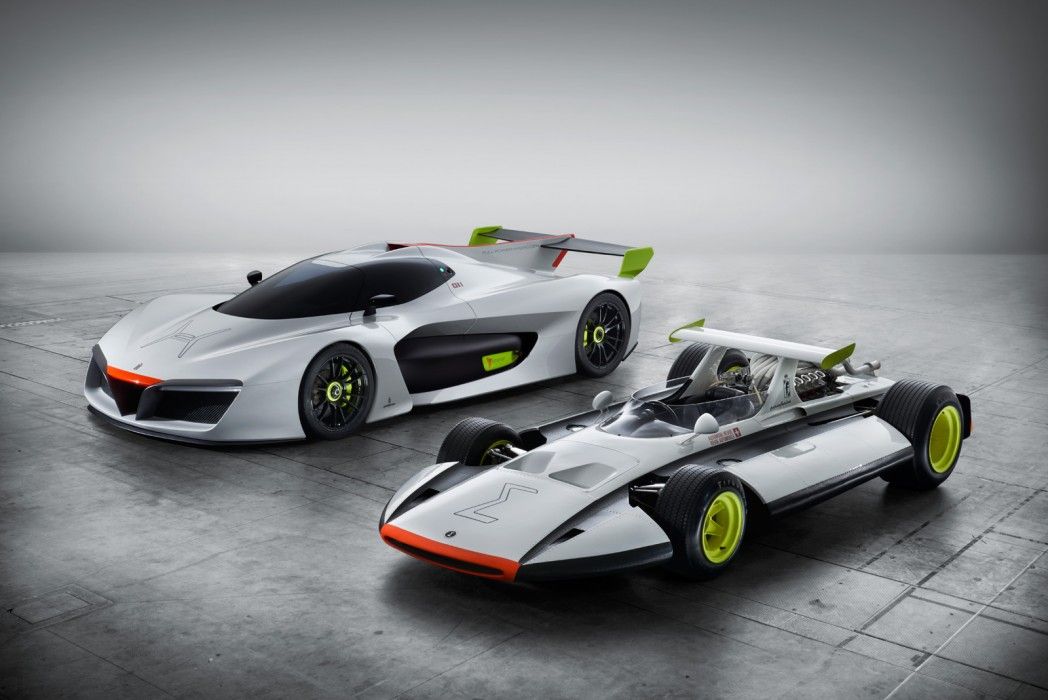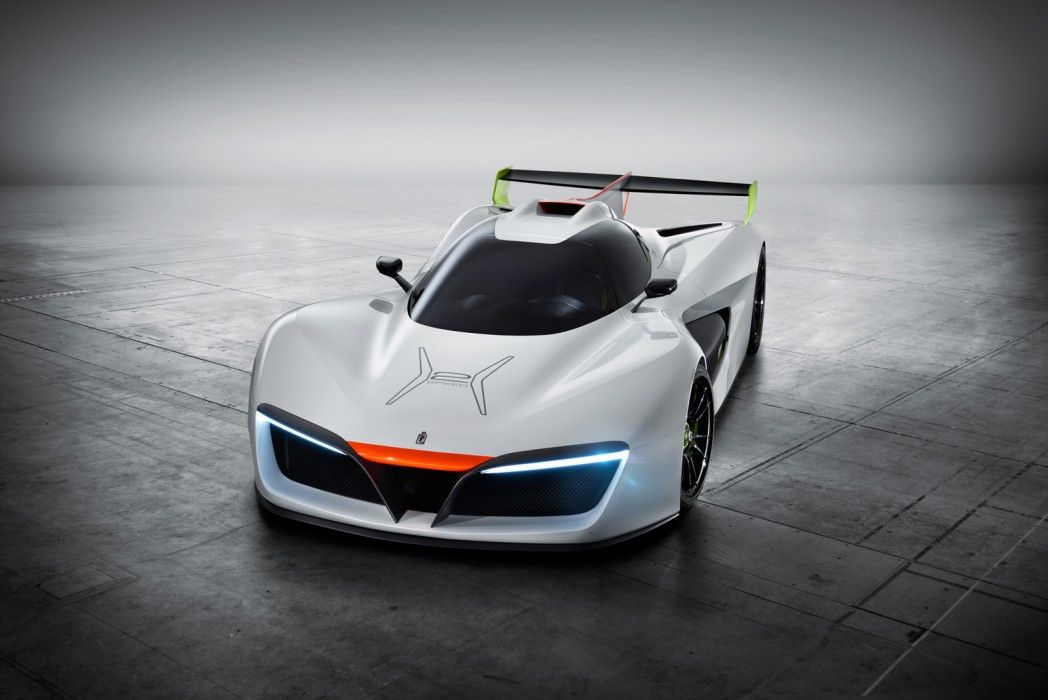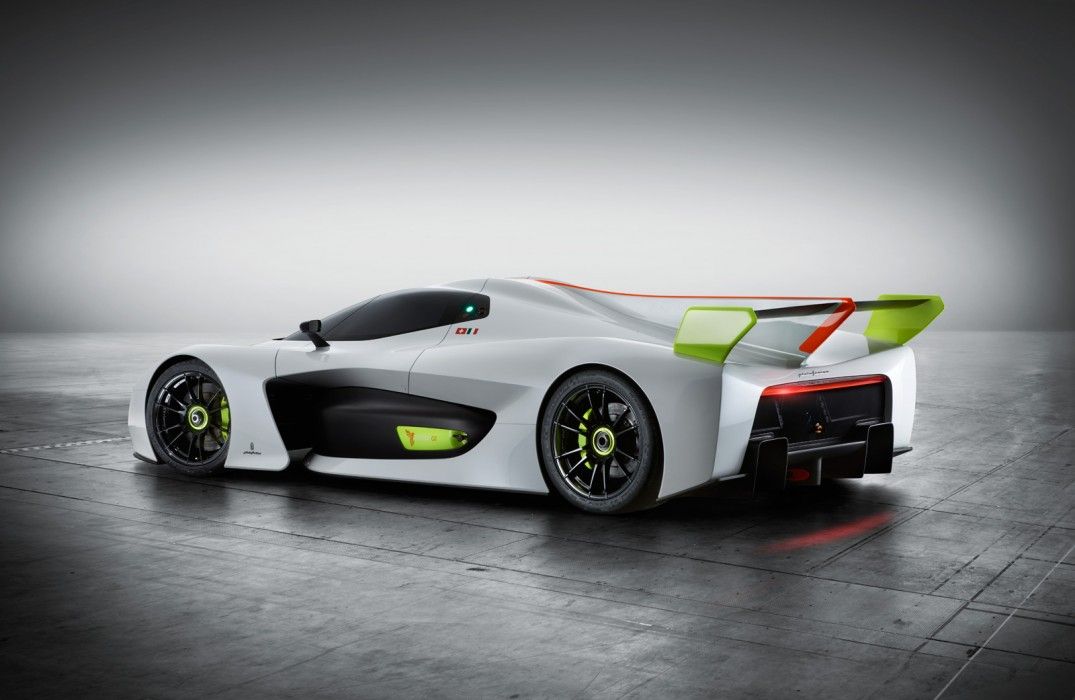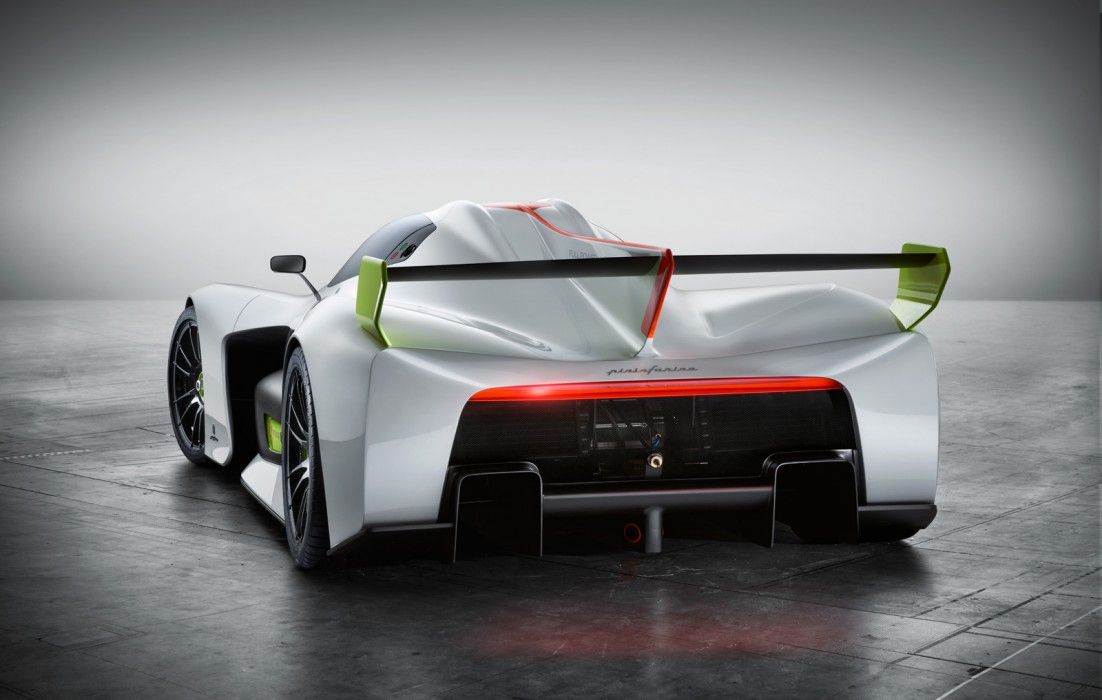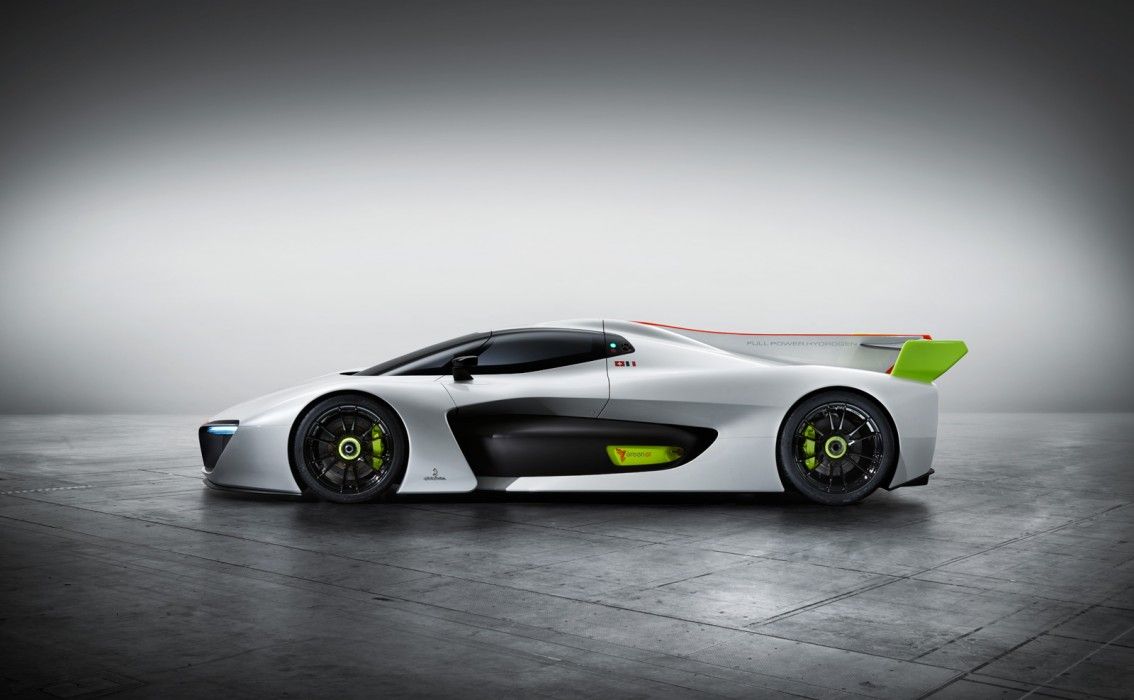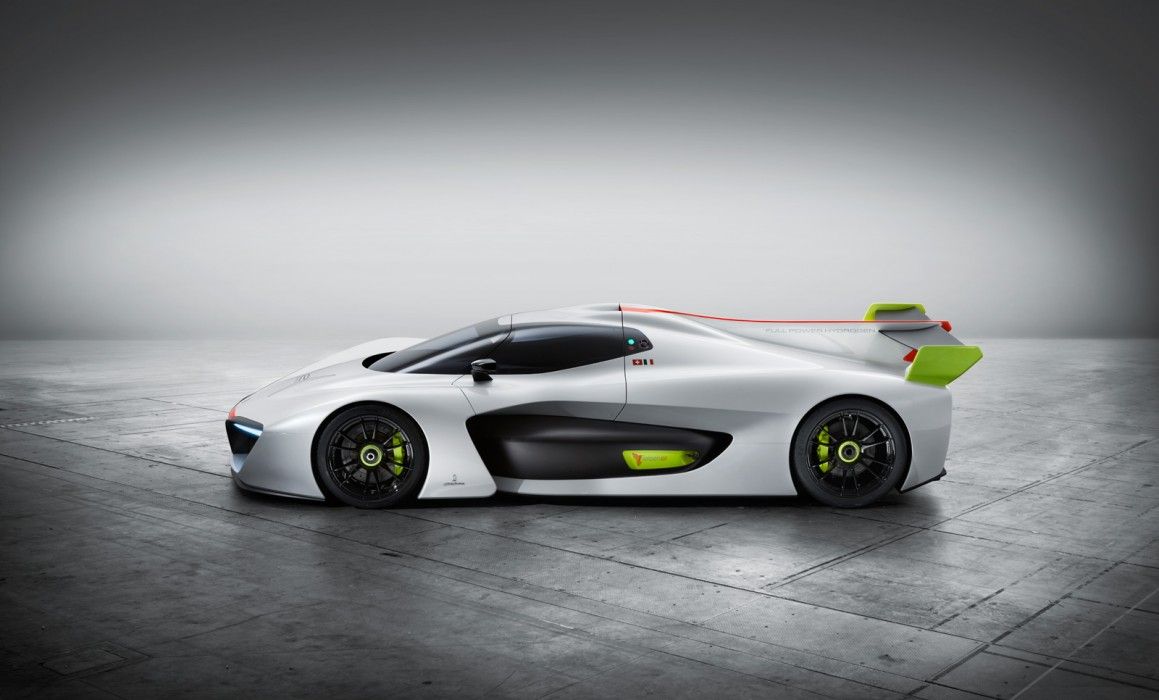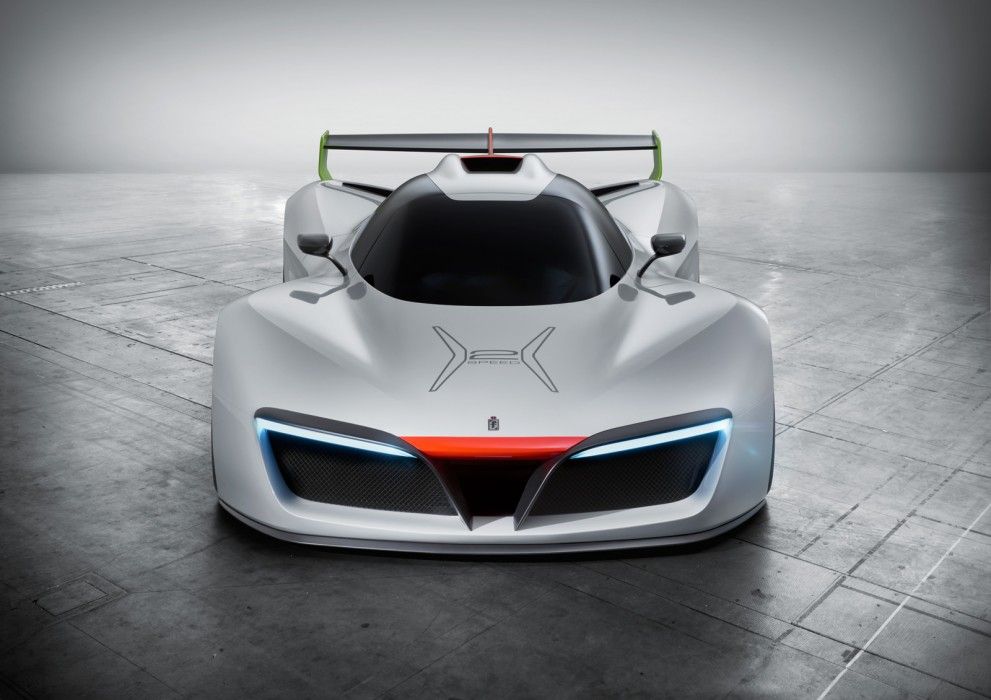Remember when Pininfarina->ke69 presented the Sergio Concept at the 2013 Geneva Motor Show?->ke228 Seems like ages ago, right? In truth, it’s only been three years and the Italian coach builder is known for some of the most memorable concept vehicles we’ve seen in Geneva. Back in 2010, it even celebrated its 80th anniversary by rolling out the 2uettottanta Concept. That was a good one too. I’m being a little nostalgic about this because Pininfarina’s latest Geneva offering is the H2 Speed, a hydrogen-powered race car. Wait, what?
To be fair, the H2 Speed does look like something Pininfarina would build. It’s got all the sexy lines that we’ve come to expect from the design house. It even tapped GreenGT to supply the hydrogen powertrain. Clearly, the people behind this concept->ke169 did their due diligence on this one and by and large, it offers an impressive peek into what the race cars->ke148 of the future could potentially look like.
But it’s not the Sergio Concept. It’s not the 2uettottanta. It’s not even the Cambiano that the Pininfarina showcased at the 2012 Geneva Motor Show. Maybe I’m just spoiled by what the company has done in previous years that I expected something entirely different than what we were all given. Maybe it’s got something to do with Mahindra’s recent acquisition of the company. Whatever the case may be, I don’t think people went to Geneva expecting to see this from Pininfarina. Not after what it’s done in the past.
Continue after the jump to read the full review.
2016 Pininfarina H2 Speed
- Make: Array
- Model: 2016 Pininfarina H2 Speed
- Horsepower: 503
- [do not use] Vehicle Model: Array
Exterior
The H2 Speed measures 185 inches long, 78.7 inches wide, and 42.8 inches high. In other words, it’s actually bigger than a Formula One race car. The overall design is different as the concept resembles an LMP1 racer more than an actual Formula One race car. But the H2 Speed is full-blown and completely legitimate. The low, aggressive proportions are straight out of the race car design playbook.
The sleek body is defined by a number of important character traits, beginning in the front where a pair of upside-down L-shaped wings provide support for the LED headlights and aids in improving the aerodynamic flow that courses throughout the car. There’s also a center duct that's flanked by two radiators. This duct channels fresh air into the engine compartment to help keep that region at an optimal temperature. The curved nature of the front hood and the sharp front arches were also designed specifically for aerodynamic purposes. Over on the side, a noticeable side cut was intentionally put in place to give the racer a more sophisticated composition that further highlights its racing character.
Speaking of “racing character,” the closed cockpit is a dead giveaway to that, as is the vertical fit that extends from the roof of the cockpit to the massive rear spoiler. Together with the spoiler, the two work in concert to create negative lift and downforce. They come in especially handy if the race car is to handle the surprisingly enormous power generated by the electric motor. It’s also worth noting that Pininfarina subjected the H2 Speed to comprehensive race and performance tests to ensure that it maintains a high level of aerodynamic efficiency.
The whole profile of the H2 Speed fits into what a future race car should look like. The cost and practicality of using a full hydrogen powertrain is less certain at this point, but I do think that there is a future for this kind of race car.
Interior
The blacked-out closed cockpit interior robs us from seeing any details about the cabin, but seeing as this is race car, don’t expect it to have the usual array of creature comforts and tech features that traditional concepts have. Instead, expect something along the lines of a racing seat, racing wheel, and a handful of telemetry systems to keep tabs on the racer’s hydrogen powertrain. Who knows, it might even have air-conditioning given that there doesn’t appear to be any openings in the windshield and windows.
Drivetrain
GreenGT, the company that provide the powertrain for the Citroen Survolt, was given the responsibility of developing the H2 Speed’s powertrain. With that task, Green GT developed a full hydrogen system made up of two race electric motors that combine to produce 503 horsepower and a lightweight hydrogen fuel cell comprised of two hydrogen tanks that can hold a total of 13.4 pounds of hydrogen and can be refilled in a matter of three minutes. The whole configuration allows the H2 Speed to sprint from 0 to 62 mph in just 3.4 seconds to go with a top speed of 186 mph. The transmission is sent directly to the rear wheels, hence the absence of a traditional gearbox. The whole system was developed to eliminate both air and noise pollution. Likewise, GreenGT installed a compressor to help the hydrogen powertrain release a different engine noise compared to other EV racers. I don’t know what that “noise” sounds like, but with this configuration, I don’t imagine it being louder than a cat’s whimper.
Conclusion
For a company that has given us some of the most memorable concepts to grace the Geneva Motor Show, I’m a little disappointed that Pininfarina opted to take this route this year. It’s not that I’m not impressed by the H2 Speed – I am – but I expected something different, as did, I presume, a lot of you. I was especially excited because it seems like Pininfarina had a choice of today’s current supercar crop to choose from and yet, it opted for a hydrogen-powered race car. Again, this isn’t about what the Italian coach builder built as it is what it didn’t build.

